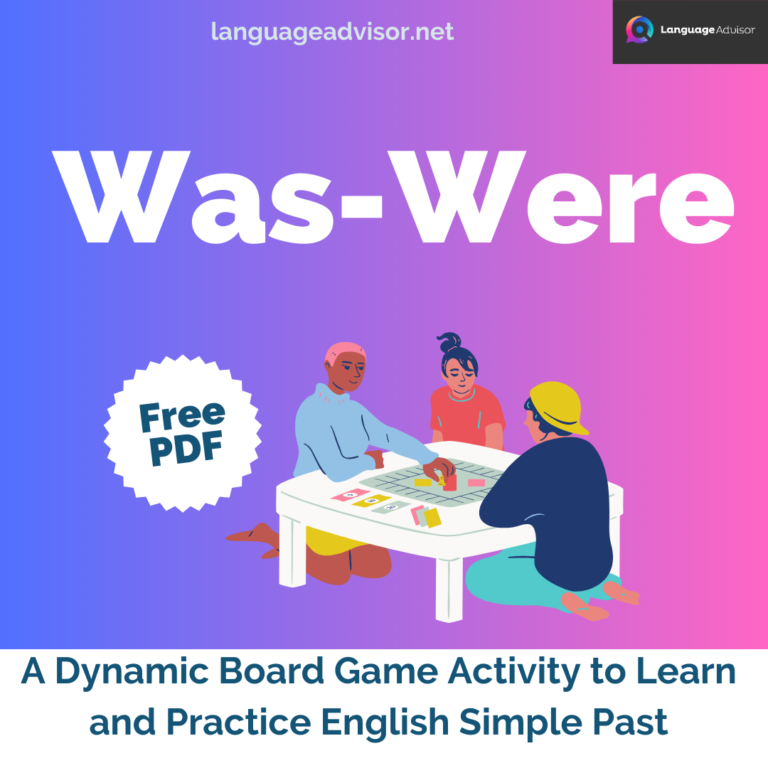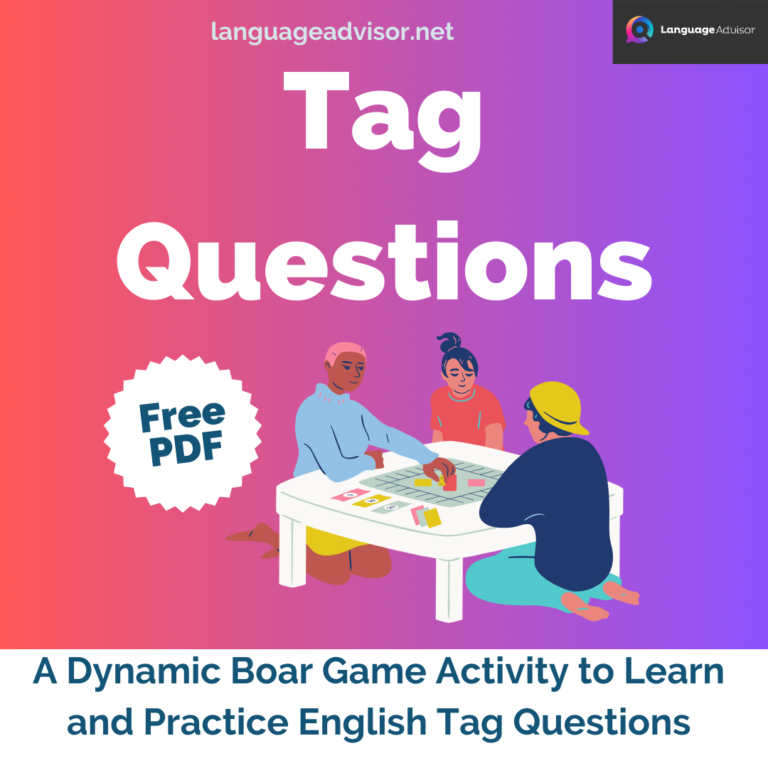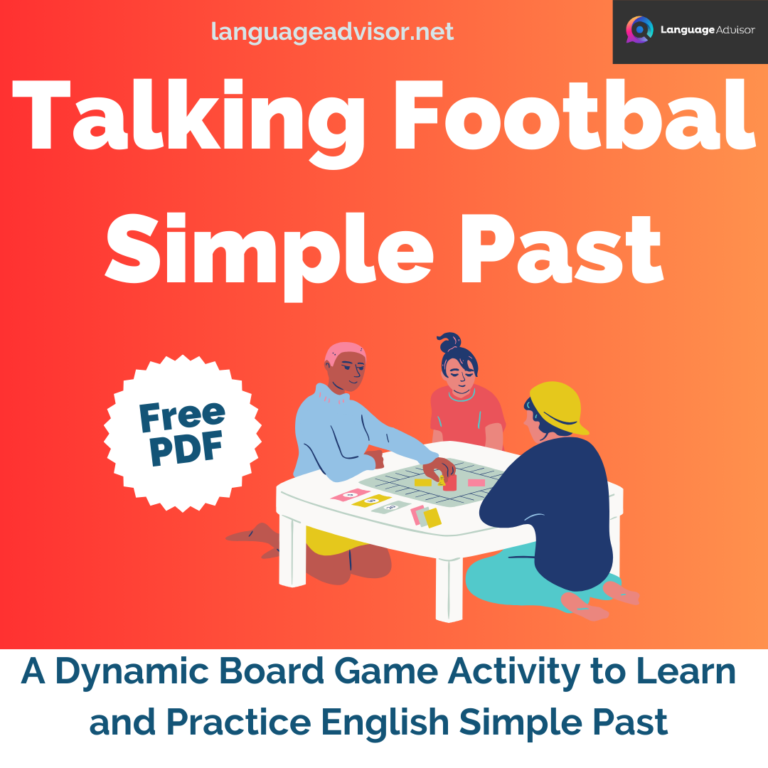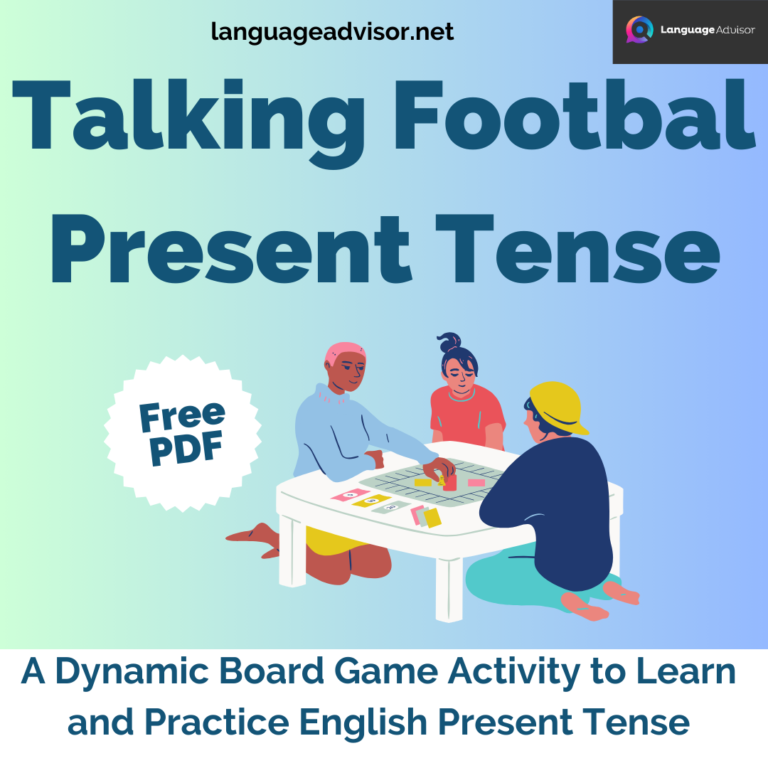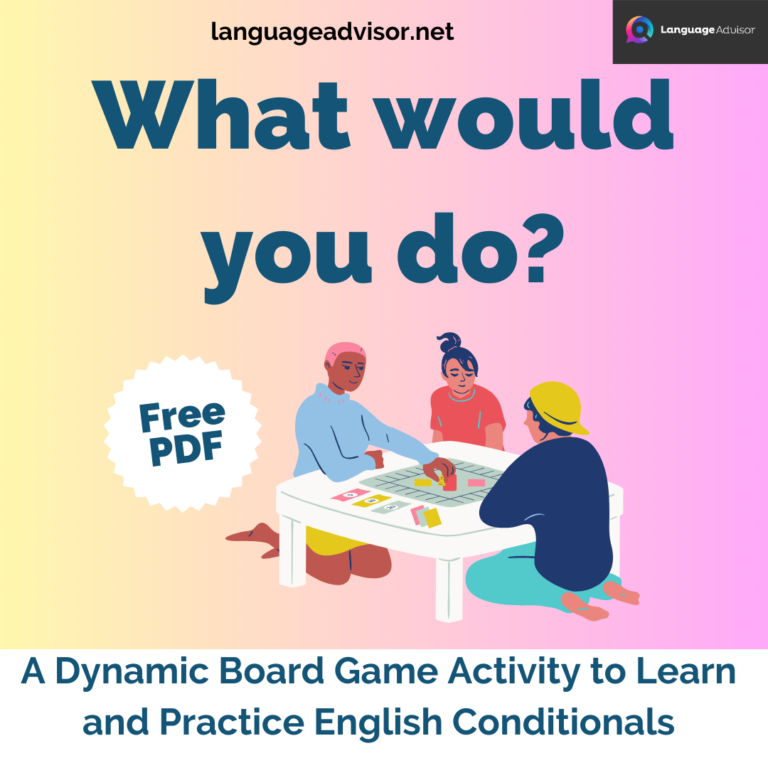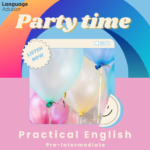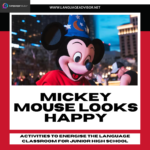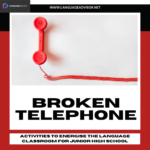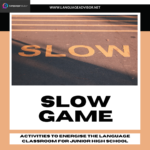HALLOWEEN PARTY. Games and Activities to Energise the Language Classroom for Junior High School
HALLOWEEN PARTY

Energising Language Classroom Activities for Junior High School: A Teacher’s Guide
Junior high school students often find language classes challenging, but as a language teacher, you have the power to transform these challenges into engaging learning experiences. Classroom activities are the key to achieving this transformation. These activities not only make learning enjoyable but also foster a deeper understanding of the language, leading to improved fluency and proficiency. In this blog post, we will explore a diverse range of innovative and interactive language classroom activities designed specifically for junior high school students. Whether you’re looking to enhance vocabulary retention, boost conversational skills, or make grammar lessons more enjoyable, this guide will provide you with a rich array of strategies to create a dynamic and effective learning environment for your students. Let’s embark on this journey to energize your language classroom and inspire your students to become passionate language learners.

HALLOWEEN PARTY
Target Group: 1st year
Difficulty Level: Basic Conversation
Activity Objective: To show students the cultural aspects of Halloween while reviewing recently taught grammar points and vocabulary
HALLOWEEN PARTY – Procedure
First, divide the students in to groups of five or six. Within each group, give each student a number.
Then, tell the students that they need to switch speakers for answering every question. Next, begin the game by asking the first question. Only the students numbered 1 can answer the question, but group members are allowed to support their representative speaker. When a speaker
knows the answer, they may raise their hand. The fastest speaker to do so may answer the question. Once a student answers the question correctly, he or she will get to pick a card from your “Trick or Treat” bag. If the card says, “treat,” the group will get the number of points on the card automatically. If the card says, “trick,” then a member from the group must perform the trick to win the large amount of points written on the card. For example, a trick can say, “Wear devil ears.” Have a bag of Halloween costume props ready for each trick. The game continues switching speakers for every question. The game ends five minutes before the end of class. Stickers are given to the group with the most points and each student who was brave enough to perform tricks.
HALLOWEEN PARTY – Materials and Preparation
- Prepare 20 trick cards: Make these trick cards in a chart using Microsoft Word, labeling each card as “trick” at the top. Explain a different trick on each card and paste a relevant picture or clipart. Print these cards out and cut them. On the back of each card, assign the number of points according to the difficulty of each trick. Tricks should have five points or more. For example, a trick that says, “Wear a witch hat,” would have five points, whereas a trick to “walk around and wink at everyone” would have ten points. Laminate the cards to make them reusable.
- Create ten Treat cards: Using a chart in Microsoft Word, label ten cards as “treat” at the top, making sure they are the same size as the trick cards. Randomly assign a number of points to them between 1-4. Laminate these cards to make them reusable.
- Obtain a Halloween bag: This bag can be either made or bought at 100 yen shops. Put all the cards into this bag for the students to draw from.
- Gather props or costumes for each trick: The choice of props or costumes depends on the tricks the teacher decides. For example, you may buy or make items like a witch hat, a Frankenstein mask, a devil ears headband, toy clip earrings, a plastic tiara, a bunny ears headband, a wig, a Miss Japan sash, a cat ears headband, a set of sticky mustaches, a ninja mask, a witch’s nose, a pair of funny glasses (toy), a cowboy hat, and a boo-boo cushion. Some tricks may not require props, such as “Walk around and wink at everyone,” “Walk around and say ‘I love you’ to everyone,” or “Say 10 words in English.”
- Prepare stickers or prizes: Depending on the teacher’s reward system, whether it is point cards or stamps, Halloween-themed rewards are needed to motivate students. Small Halloween-themed stationery items like pencils, erasers, and clips can make students happier on this special day, with the teacher’s approval.
- Create a set of about 30 questions based on the targeted grammar point. For example, if the targeted grammar point is “Who is he/she/this?” and “Who are they?” you can make a PowerPoint animated display of different celebrities and characters wearing Halloween costumes. Then, your set of questions becomes, “Who is/are….?”
Suggestions and Advice
If you choose to use PowerPoint, you should check all materials needed, including the TV, computer, and cables, not just the PowerPoint presentation itself. Teachers are often very busy or may not know how to set up a computer to a TV. As class time is limited, you should check everything early or consider asking questions without PowerPoint. This game should not be played with classes where the atmosphere is very quiet or most students are shy. You should be able to assess your classes by Halloween, which is in the 2nd semester. Students who are shy will need a little bit of motivation from the teachers and their peers when they perform the tricks. So, say motivational words and encourage the class to applaud when appropriate. If possible, you should ask questions and run the game like a TV game show host to stimulate more energy from the students. Both your and the teacher’s tone, mood, and voice are all very important in controlling the classroom’s atmosphere. To make it extra special, you can dress up in Halloween costumes to entertain students.

Energising Language Classroom Activities for Junior High School
In the world of language teaching, fostering a love for learning and effective communication is our ultimate goal. By implementing these engaging classroom activities for junior high school students, you are not only enhancing their language skills but also creating an environment where curiosity, creativity, and enthusiasm thrive. As we wrap up our exploration of these energizing language activities, remember that your role as a teacher is invaluable, and your dedication to making language learning exciting and impactful is what sets the stage for your students’ future success.
So, continue to innovate, adapt, and personalize these activities to suit the unique needs and interests of your students. Watch as their confidence soars, their vocabulary expands, and their ability to communicate fluently grows. With your guidance and these engaging activities in your teaching toolbox, you are well on your way to inspiring a new generation of confident and capable language learners. The journey to language proficiency may be challenging, but with your passion and these activities, it is always an exciting one.
Happy teaching!

Also check out these articles on teaching, teaching methods and teaching tools




